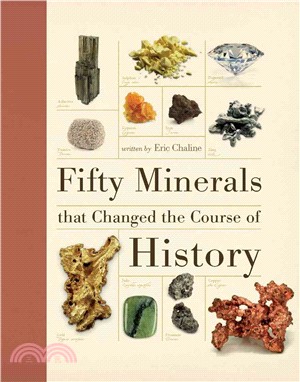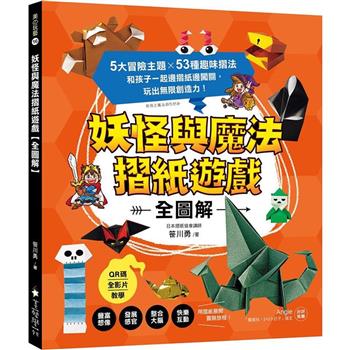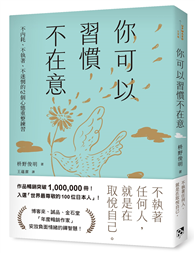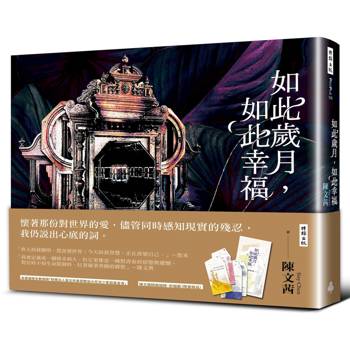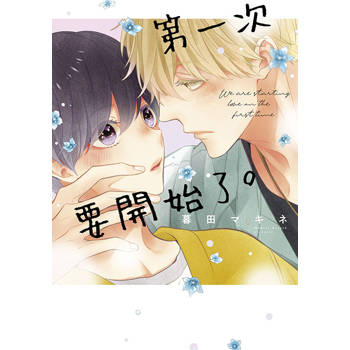"Interesting, affordable and readable.... Offers the reader an opportunity to delve further into each mineral’s historical significance in an accessible way."
-- Booklist
Fifty Minerals that Changed the Course of History is a beautifully presented guide to the minerals that have had the greatest impact on human civilization. These are the materials used from the Stone Age to the First and Second Industrial Revolutions to the Nuclear Age and include metals, ores, alloys, salts, rocks, sodium, mercury, steel and uranium. The book also includes minerals used as currency, as jewelry and as lay and religious ornamentation when combined with gem minerals like diamonds, coral and jade.
Entries are organized by name and considered for their influence in four categories: Industrial, Cultural, Commercial and Scientific. More than 200 elegant drawings, photographs, paintings and excerpts from literature highlight the concise text.
Examples of the fifty minerals are:
- Diamonds: Did a necklace ordered by Louis XV precipitate the French Revolution?
- Sulphur: The biblical brimstone now used in organic farming.
- Clay: The oldest ceramic object is not a cooking pot or drinking bowl, but a statuette.
- Arsenic: Was Napoleon murdered while imprisoned on the island of St. Helena?
- Coal: The Romans invented the first central heating system.
- Saltpeter: China’s fourth "Great Invention" was perhaps not so great after all.
- Salt: Once used as currency, we give it little thought today.
- Jade: The Chinese fabric of "pajamas for eternity."
Ubiquitous or rare, the minerals described in Fifty Minerals that Changed the Course of History have been fundamental to human progress, for good or evil. Many are familiar -- the aluminum can we drink from, the car we drive. They can be poisons, medicines or weapons, but wherever found and however used, their importance is easily overlooked. This attractive reference gives us fascinating insight into our undeniable dependence on minerals.
